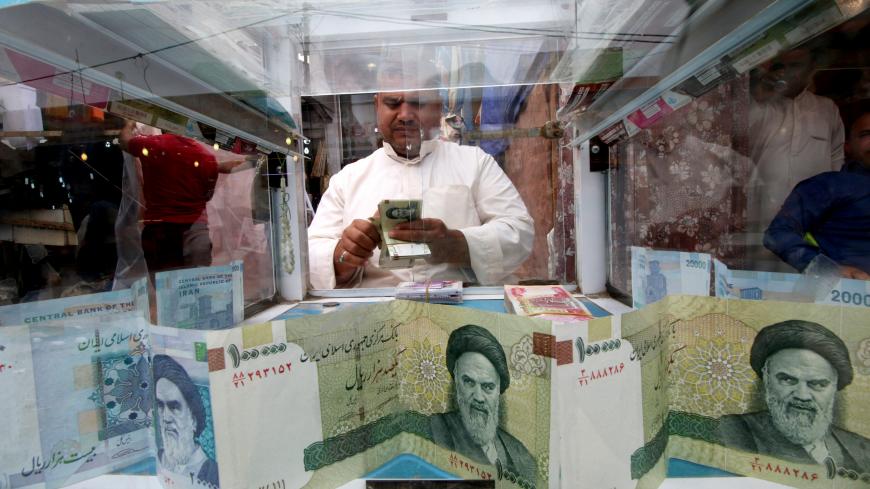Iran has witnessed a turbulent year in regards to the value of its national currency. Between March and October, the rial lost about 70% of its value on the open market, leading to inflationary impacts and economic instability. While it has regained some of its lost value over the past few weeks, there are uncertainties about its future prospects — especially as US secondary sanctions will continue to limit Iran’s access to hard currency. In the meantime, debates surrounding the budget bill for the coming Iranian year (beginning March 21, 2019) have produced some hints about planned government policies. One key aspect of this will be the potential exchange rate decisions within the next budget cycle.
Historically, foreign exchange rates in Iran have been a function of the global oil price, the country’s ability to generate export revenues, the feasibility of repatriating hard currency proceeds into the economy and the overall financial position of the government. This explains why the reimposition of US secondary sanctions led to such a collapse of the national currency. While the Iranian rial has been appreciating in the past weeks, some have opined that the debates surrounding government policies in the coming Iranian year will reverse the trend.



